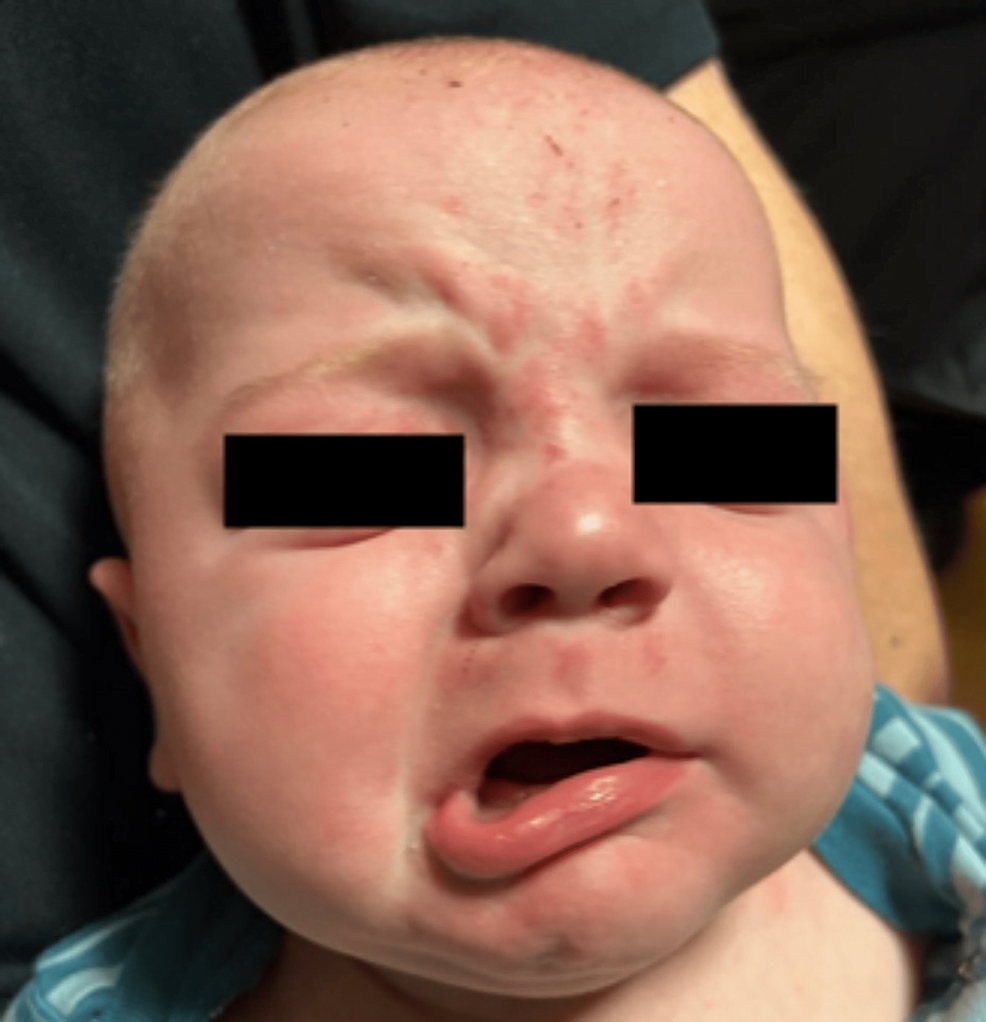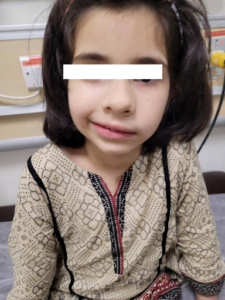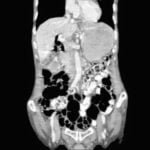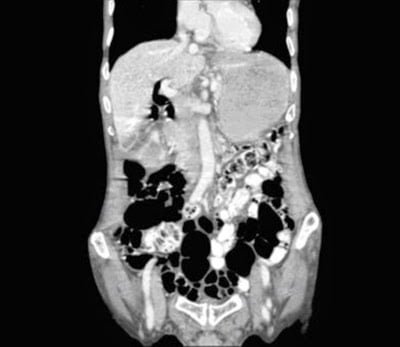
Case of the month: Facial deviation in a child
Contributed by
Dr.Ghulam Nabi, MD.
Pediatric Consultant and Neonatologist.
Bugshan Hospital Jeddah, 21432.K.S.A.
P.O. Box 5860, Kingdom of Saudi Arabia.
E-mail: drgnabi2@gmail.com
Clinical scenario :
A7 years old girl came to our hospital outpatient department with
history of weakness left side face for the last two days.
On examination vital signs and growth parameters were normal.
Two weeks prior to current presentation she had upper respiratory
tract infection and recovered fully after treatment.
Due to the weakness of left facial muscles no wrinkles on forehead,
left eye not closing fully, she could not show her teeth fully due to the weakness
of the face muscles (Figure 1).
We could not test anterior part of tongue for the taste.
In the nervous system only left facial nerve
was affected. All other systems were normal.
She was diagnosed to have Bell s palsy

Bell’s palsy is acute onset peripheral facial nerve palsy that is
not associated with any other cranial nerve neuropathies or brain
stem dysfunction.
No significant difference between genders ,
Described in 1830 by Sir Charles Bell.
The incidence of FNP varies in children younger than 10 years of age is 2.7 per
100,000 annually, while in children 10 to 20 years of age, it is
estimated to be 10.1 per 100,000
It is an acquired, idiopathic facial palsy characterized
by a palsy or weakness of facial
muscles, usually on one side, with no obvious cause.
It is a common disorder in pediatric population.
Usually developing suddenly two weeks after viral infection.
Weakness of affected side of the face, unable to close eye on affected side.
Inability to wrinkle the forehead, loss of taste anterior two third tongue.
Missed or delayed diagnosis can have a serious impact on a
patient’s quality of life.
Outcome is very good, some people
give steroids for one to two weeks.
Improvement begins within 1 to 2 weeks, total recovery is observed within two
months.
In all cases, treated or not, children have a very good
recovery rate.
Join the mailing list!
Get the latest articles delivered right to your inbox!




